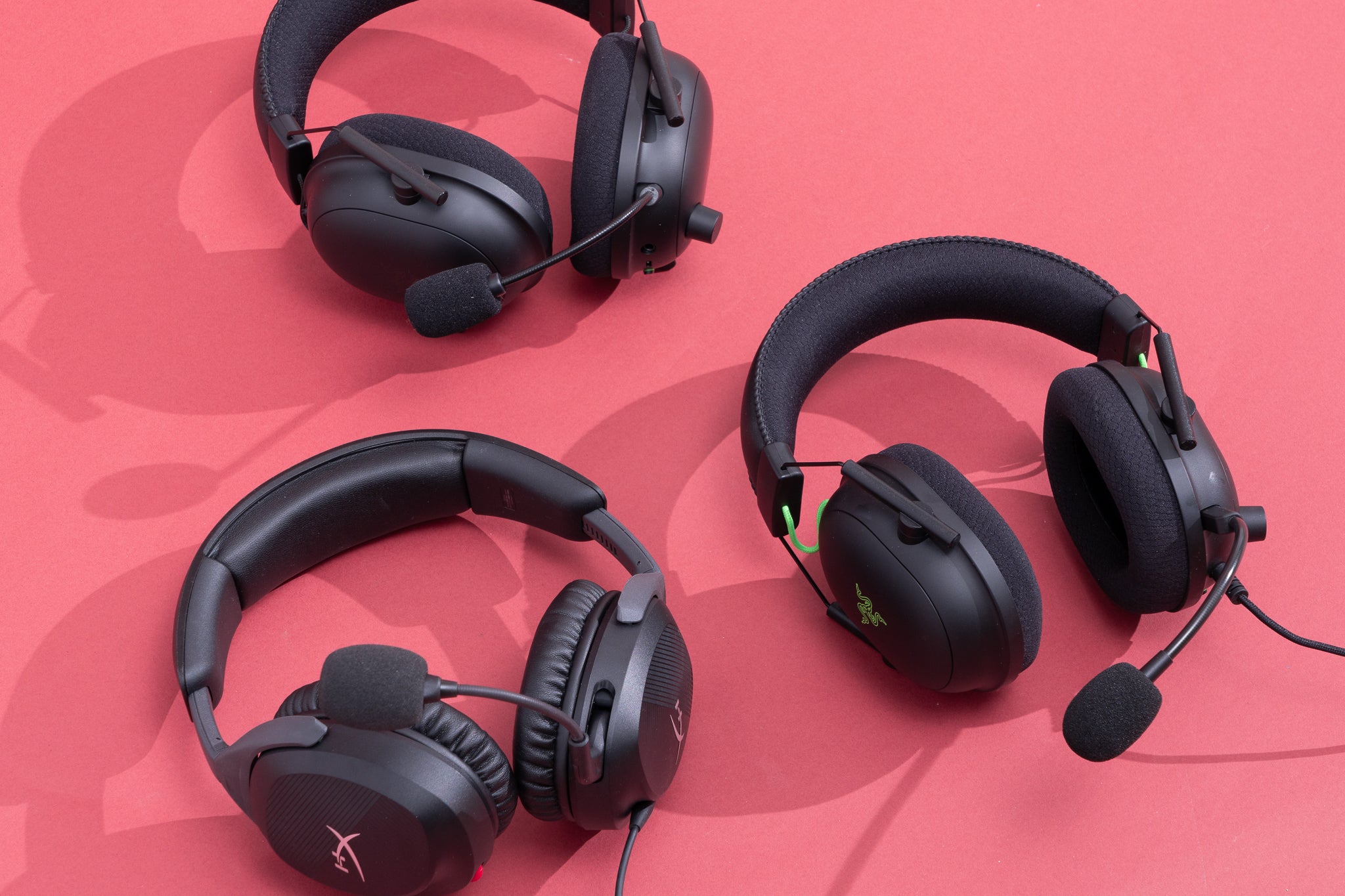Introduction
Virtual reality (VR) has revolutionized the way we experience digital content, transporting us to new worlds and enabling immersive interactions like never before. One crucial aspect that contributes to a seamless and captivating VR experience is the frame rate of the headset. In this article, we will explore what the frame rate of a virtual reality headset indicates and why it plays a pivotal role in enhancing your VR adventures.
Understanding Frame Rate in Virtual Reality
Virtual reality headsets generate simulated environments by displaying a sequence of images or frames. The frame rate represents the number of frames displayed per second (fps). Higher frame rates result in smoother and more lifelike visuals, creating a more convincing sense of presence within the virtual world.
Importance of Frame Rate in Virtual Reality
Captivating Visuals and Realism: A higher frame rate in a VR headset provides a more realistic experience by reducing motion blur and judder. It ensures that your virtual surroundings appear fluid and lifelike, preventing visual inconsistencies that can break immersion.
Reduced Motion Sickness: Motion sickness is a common concern when using VR headsets. A low frame rate can exacerbate this issue, as the brain struggles to reconcile the discrepancy between the movement it expects and what it perceives. A higher frame rate minimizes these disparities, reducing the risk of motion sickness and allowing for longer, more comfortable VR sessions.
Enhanced Interaction and Responsiveness: In VR, precise and responsive interactions are crucial for an engaging experience. A higher frame rate ensures that your movements and interactions are accurately captured, allowing for seamless control and interaction with the virtual environment.
The Optimal Frame Rate for Virtual Reality
The optimal frame rate for VR headsets depends on various factors, including the capabilities of the headset and the complexity of the virtual environment. Most VR headsets aim for a frame rate of at least 90 fps, with some premium devices reaching even higher rates, such as 120 or 144 fps. These higher frame rates provide a smoother experience, reducing the chance of motion sickness and enhancing realism.
Impact of Frame Rate on Immersion
The frame rate directly affects the level of immersion you can achieve in virtual reality. By maintaining a consistently high frame rate, the virtual world becomes more convincing and immersive. You can freely explore and interact with your surroundings, without distractions or visual artifacts that may pull you out of the experience.
Comparing Frame Rates in Virtual Reality
Different VR headsets offer varying frame rates, which can impact your overall experience. Let’s compare two commonly available frame rates: 60Hz and 90Hz.
A 60Hz Frame Rate: While 60Hz is a common refresh rate in traditional displays, it may fall short in the realm of virtual reality. Although still usable, a lower frame rate like 60Hz can introduce noticeable judder and motion blur, hindering the sense of immersion and potentially causing discomfort during extended use.
A 90Hz Frame Rate: Many VR headsets opt for a 90Hz refresh rate as a minimum requirement. This frame rate significantly improves the fluidity of the visuals, resulting in a more enjoyable and immersive experience. The smoothness offered by a 90Hz frame rate reduces eye strain, making VR sessions more comfortable and enjoyable.
Optimizing Frame Rate in Virtual Reality
Achieving a high and consistent frame rate in virtual reality requires careful optimization. Here are a few tips to enhance your frame rate and overall VR experience:
- Powerful Hardware: Ensure your computer or gaming system meets the recommended specifications for the VR headset you are using. Insufficient processing power can lead to frame rate drops and decreased performance.
- Optimized Graphics Settings: Adjust the graphics settings within VR applications to strike a balance between visual fidelity and performance. Lowering graphical demands can help maintain a smoother frame rate.
- Reduce Background Processes: Close unnecessary applications and background processes that may consume system resources and impact performance. Prioritize VR applications to ensure they receive sufficient processing power.
- Update Drivers: Keep your graphics card drivers and VR headset firmware up to date. New driver releases often include optimizations for VR applications, ensuring optimal performance.
- Monitor System Temperatures: Overheating can cause performance issues and frame rate drops. Keep an eye on your system’s temperatures and consider improving cooling solutions if necessary.
Frequently Asked Questions
What is the ideal frame rate for a virtual reality headset?
The ideal frame rate for a virtual reality headset is typically 90 frames per second (fps) or higher. This ensures a smoother and more immersive experience.
Can a low frame rate in a VR headset cause motion sickness?
Yes, a low frame rate in a VR headset can contribute to motion sickness. Higher frame rates help reduce the risk of motion sickness by providing a more seamless and realistic visual experience.
Does a higher frame rate always result in better VR visuals?
While higher frame rates generally improve the visual experience in VR, other factors such as display resolution and graphical fidelity also play significant roles. Achieving a balance between frame rate and visual quality is crucial for an optimal VR experience.
How does the frame rate of a VR headset affect the battery life?
The frame rate of a VR headset can impact battery life. Higher frame rates require more processing power, which can lead to increased power consumption. Using a VR headset at higher frame rates may decrease battery life compared to lower frame rates.
Conclusion
The frame rate of a virtual reality headset serves as a critical factor in delivering an immersive and captivating VR experience. By providing smoother visuals, reducing motion sickness, and enhancing responsiveness, a high frame rate unlocks the true potential of virtual reality. As technology advances, VR headsets with even higher frame rates will become more commonplace, further pushing the boundaries of what’s possible in the virtual realm. So, gear up, choose a VR headset with a suitable frame rate, and embark on unforgettable virtual adventures.

